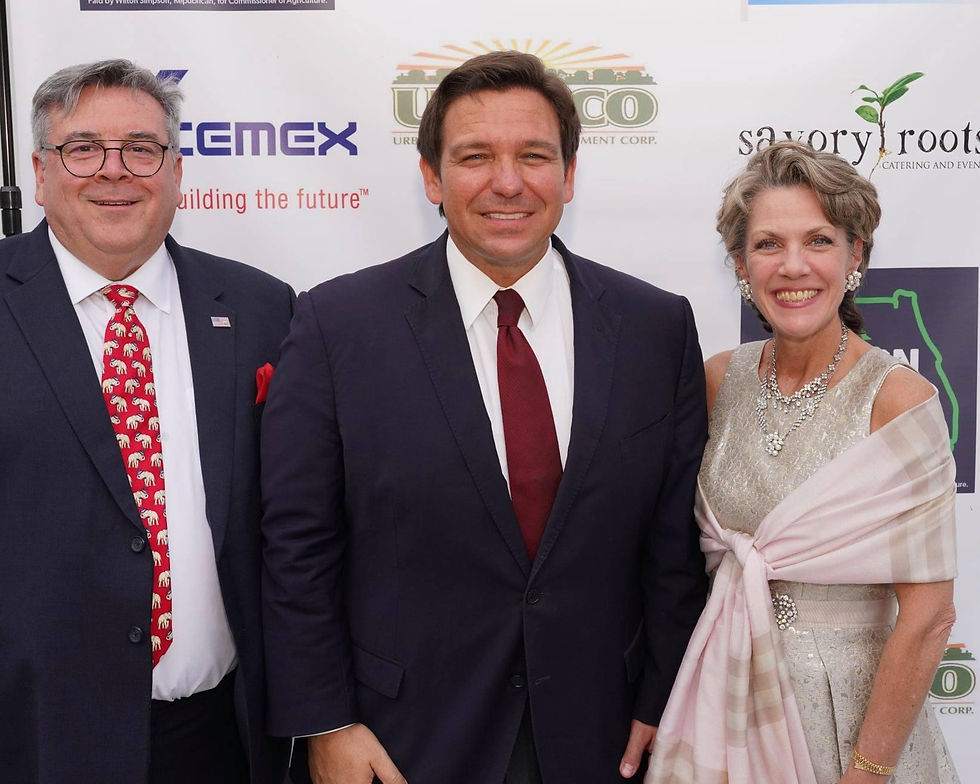The JOBS Ripple affect.
- The Chairman

- Jul 28
- 2 min read

💼 Manufacturing vs. Technology: Which Creates More Jobs Around It?
In today's rapidly evolving economy, it’s not just the jobs we see that matter—it’s the jobs those jobs create.
Whether it’s a factory worker on the assembly line or a software engineer writing code, each plays a critical role in fueling broader employment across the economy. But which industry—manufacturing or technology—generates more ripple-effect jobs in the community?
Let’s break it down.
⚙️ Manufacturing: The Backbone of Main Street
Manufacturing has long been a pillar of American prosperity. From auto plants to aerospace parts, manufacturing jobs spark life in local economies—especially in small towns and rural regions.
🧮 Job Multiplier
📊 Each manufacturing job supports 2.5 to 7 other jobs.
This includes:
🏗️ Suppliers & Logistics – raw materials, transportation, packaging
🛠️ Trades & Construction – building factories, maintenance teams
🛍️ Local Businesses – grocery stores, diners, hardware shops
🧑⚕️ Services – healthcare, education, salons, public safety
🏘️ Housing – real estate developers building homes for workers
Example: When a manufacturing plant opens in Indiana or Georgia, it doesn’t just hire welders and assemblers—it drives growth for electricians, waitresses, truckers, school teachers, and more.
🏭 According to the Economic Policy Institute, every 100 manufacturing jobs can create 340+ additional jobs.
💻 Technology: The Urban Economic Engine
Tech jobs are among the fastest-growing, highest-paying roles in America. But their reach goes far beyond coding.
🧮 Job Multiplier
📊 Each technology job creates 4.3 to 5.7 additional jobs, according to economist Enrico Moretti.
These jobs may include:
📊 Finance, Legal, and Marketing Professionals
🧑🍳 Urban Services – chefs, baristas, real estate agents
🏡 Housing Developers – high-end apartments and condos
🧑🏫 Educators – coding bootcamps, private tutors, professors
💼 Startup Ecosystem – venture capital, coworking spaces, support staff
Example: When a software firm launches in Austin or Miami, it attracts talent and money, which in turn brings more demand for housing, luxury services, and dining—transforming entire neighborhoods.
💡 One high-paying tech job can ripple out to support dozens of small businesses.
🏘️ Real-World Impact: Factory Town vs. Tech Hub
Factor | Manufacturing Town 🏭 | Tech Hub City 💻 |
Type of Support Jobs | Truckers, welders, mechanics, retail clerks | Baristas, realtors, Uber drivers, digital marketers |
Income Range | Broad, mostly blue-collar | Skewed toward white-collar, higher income |
Geographic Footprint | Rural and industrial regions | Urban innovation centers |
Economic Resilience | Vulnerable to offshoring or automation | Tied to global capital and fast-changing trends |
Housing & Infrastructure | Affordable, community-driven | Expensive, high-density urban living |
🇺🇸 Why It Matters
Both industries matter. Manufacturing helps stabilize small-town America, offering dignity in skilled trades and supporting regional economies. Technology powers the global innovation race, attracting top talent and building new economic frontiers.
Understanding the job multiplier effect helps policymakers, investors, and educators decide where to focus training, resources, and infrastructure.
📚 Final Thought
Whether you’re building a car or writing code, your job doesn’t stand alone. It’s a catalyst—feeding families, growing towns, and shaping the future of America.
#JobsReport #ManufacturingMatters #TechIndustry #EconomicGrowth #JobCreation #SmallTownEconomy #InnovationEconomy #FinancialLiteracy #CareerPlanning #ChairmanBobSutton #Entrepreneurship #chairmanbobsutton #bobsuttonbroward



































Comments